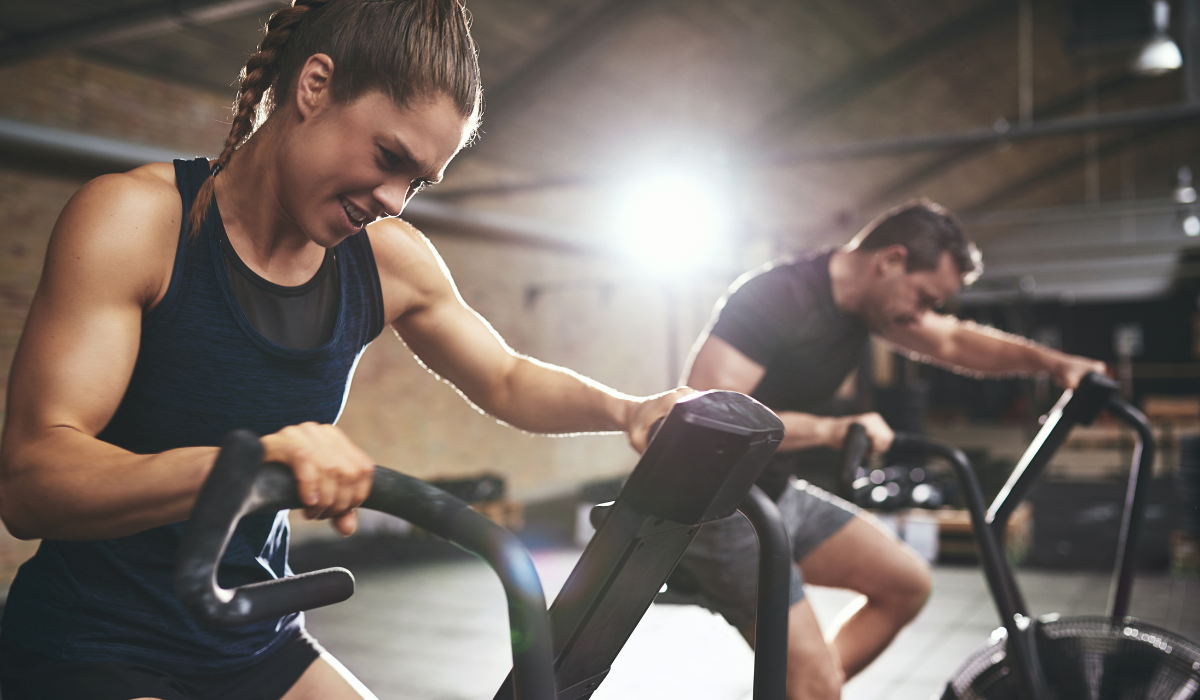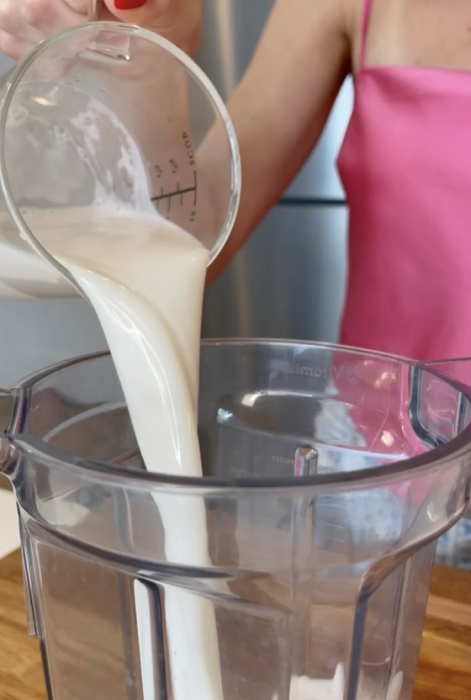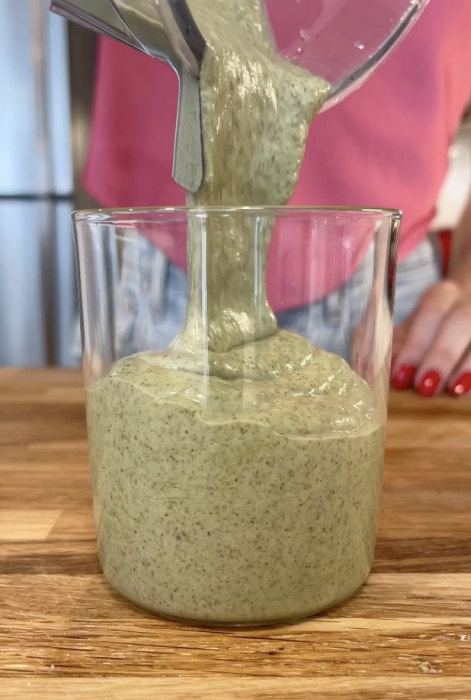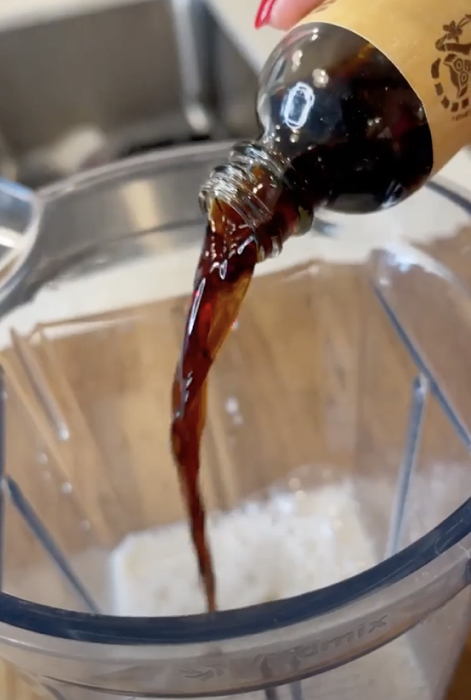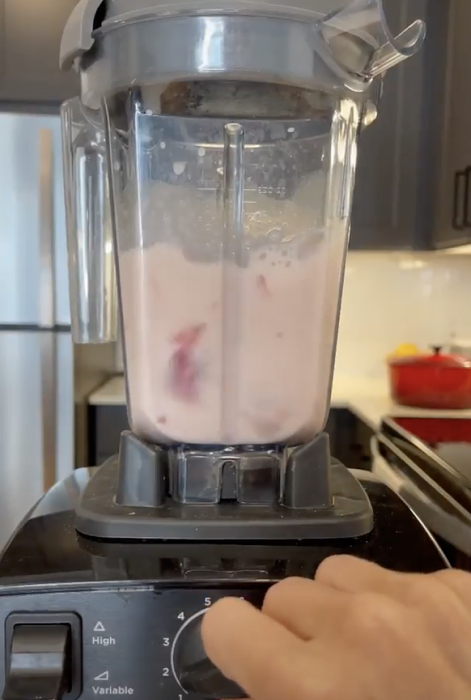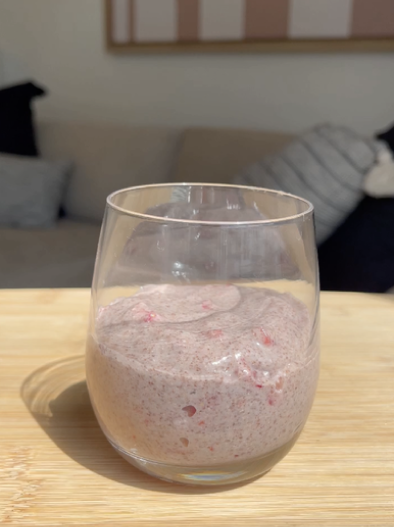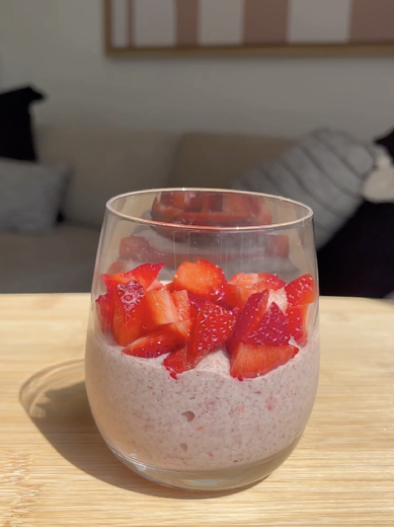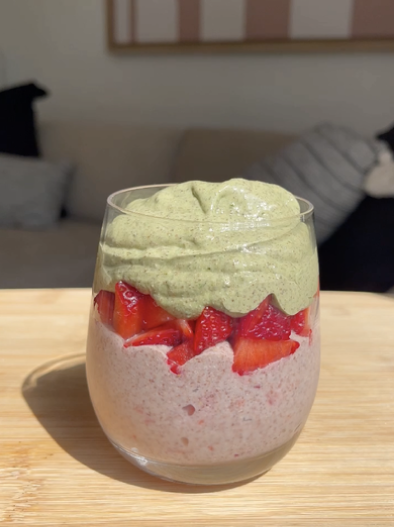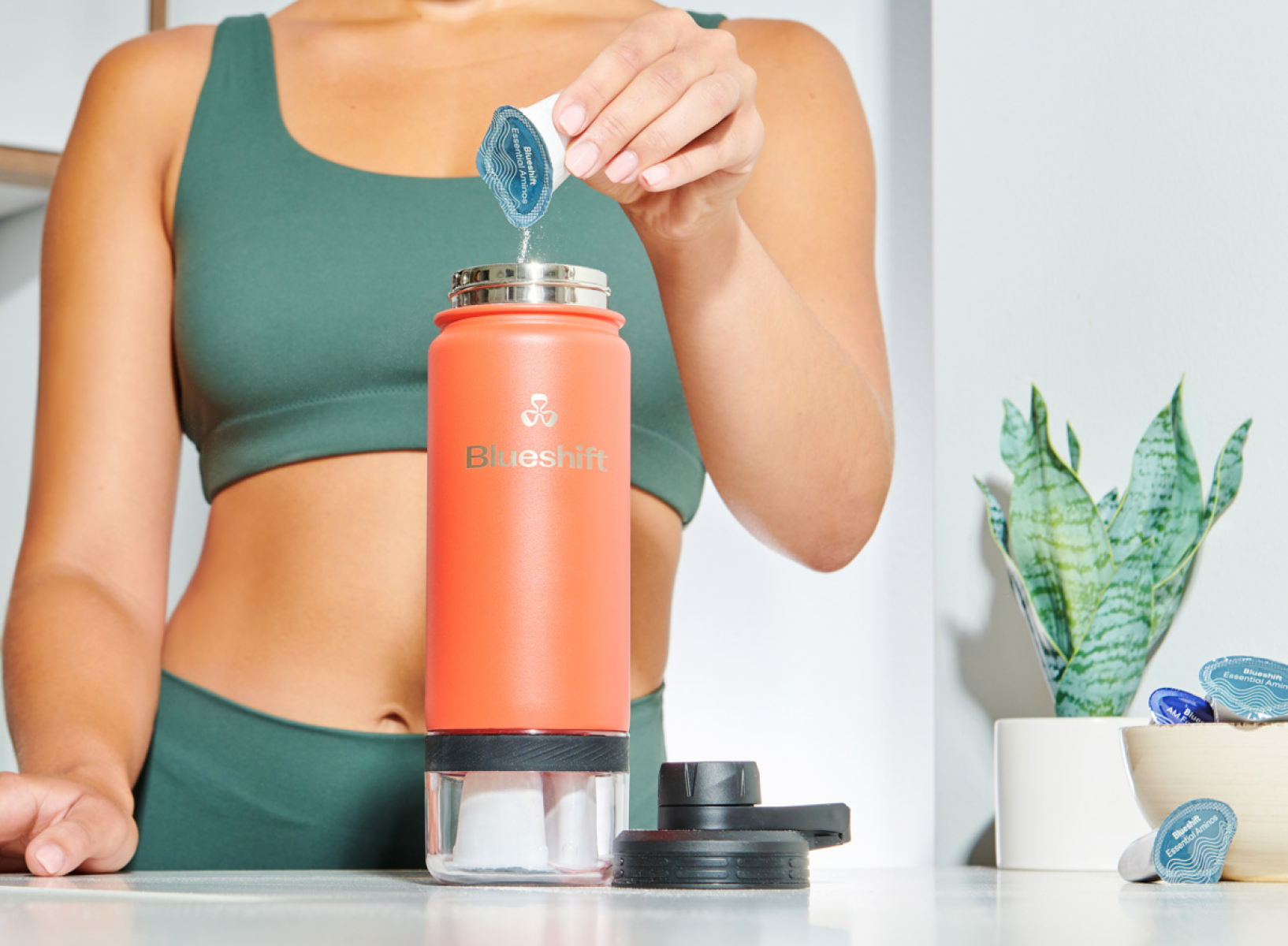When it comes to getting that heart rate up and burning some calories, there are two types of cardiovascular exercise: LISS (low intensity steady state) and HIIT (high intensity interval training).
What is LISS?
Low intensity steady state cardio, or LISS, includes any time of cardiovascular exercise that pushes your heart rate to a steady, moderate level for an extended period of time. Think of a leisurely bike ride or a brisk walk in the park—your blood is flowing, your heart is pumping, but you don’t have to stop to catch your breath.
LISS cardio is a low-impact workout, meaning it’s easier on your joints than high-impact exercises like running or jumping. If you're recovering from an injury, dealing with joint pain, or simply prefer a lower impact workout, LISS cardio may be for you.
Another benefit of LISS is that it's a great way to improve your cardiovascular endurance over time. When you do steady-state cardio for an extended period, like jogging or cycling at a moderate pace, you're training your heart and lungs to work more efficiently. This means that over time, you'll be able to go for longer periods without getting winded or fatigued.
Aside from the many physical benefits, LISS workouts make great stress-relievers. Any form of exercise can help reduce stress levels, but the steady, rhythmic nature of LISS can be particularly calming. There’s a reason you might opt to take a walk to clear your head rather than running sprints. If you're feeling overwhelmed, taking a leisurely walk or bike ride can be a great way to get some endorphins flowing. When you’re getting your steps in to keep up your XPASS streak, you’re likely participating in LISS cardio.
What is HIIT?
HIIT, which stands for High-Intensity Interval Training, is a bit more of an intense workout. Interval training involves short bursts of all-out effort followed by periods of rest or active recovery. Think of sprinting, doing burpees, or hitting your max speed on the elliptical—the energy you can expend is mighty, but it’s not sustainable, and you’ll need to rest between rounds.
This type of workout is great for those who want to lose weight or maximize the number of calories burned in a short amount of time. HIIT is often associated with weight loss, and with good reason. HIIT workouts can boost your metabolism and help you burn fat even after your workout is over. After an intense round of interval training, your body continues to burn calories at an elevated rate for hours. This can help you reach your weight loss goals faster and more efficiently.
HIIT is also great for improving your cardiovascular health. By pushing yourself to your limit during those intense intervals, you're training your heart and lungs to work more efficiently, just like with LISS cardio. But the difference is that HIIT gets you there faster, with fewer overall minutes of exercise. When you’re pedaling through the last stretch of your CycleBar class or going all ten rounds in a Rumble workout, you’re feeling the burn of a HIIT workout.
An easy way to remember the difference is to think of LISS cardio as a carousel and HIIT workouts as a rollercoaster ride: both will get you moving, but while one is sustainable for a long period of time, the other is intense, thrilling, and fast.
Which should I do, LISS or HIIT cardio?
Not sure whether LISS or HIIT cardio is right for you? Here’s the secret: you probably want to incorporate a healthy mix of both. Doing HIIT workouts every single day can be tough on your body, but if you never push yourself or your heart rate, you could be missing out on a whole lot of endorphins. By keeping up your step streak on XPASS, you’re incorporating LISS into your everyday routine. Trade in some of those XPASS points for a class at Rumble, STRIDE Fitness, CycleBar, RowHouse, or AKT and there will definitely be some HIIT in store for you.
